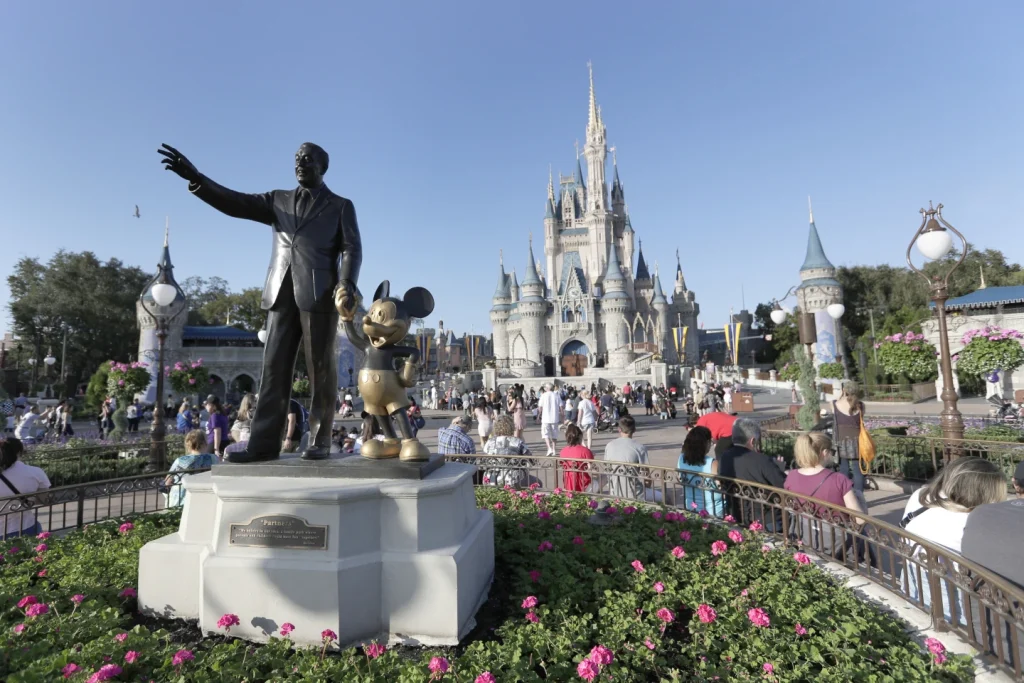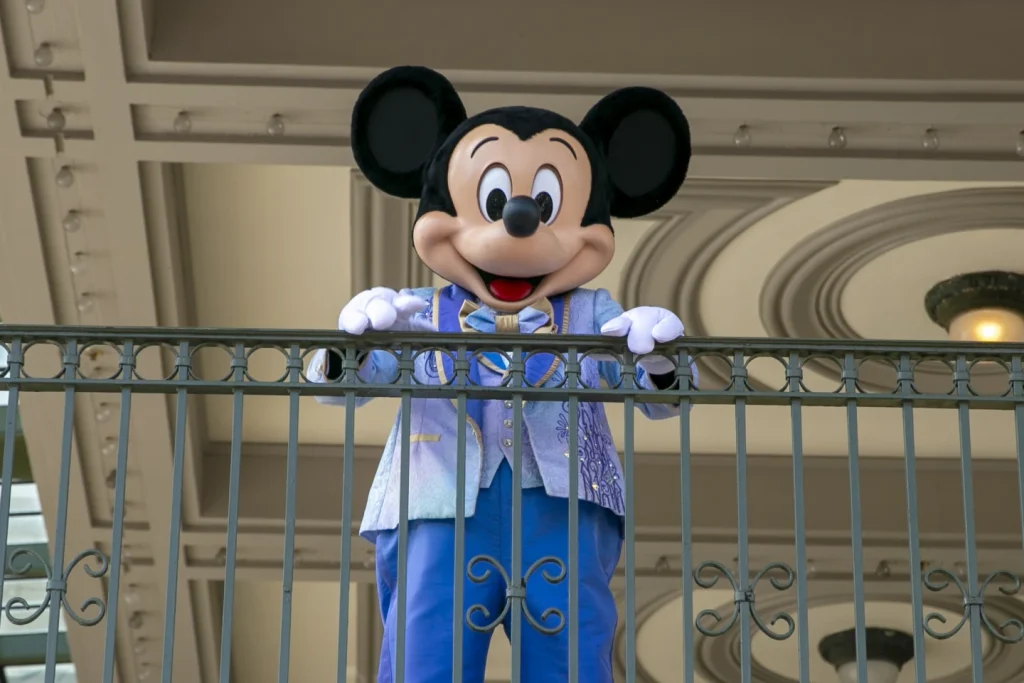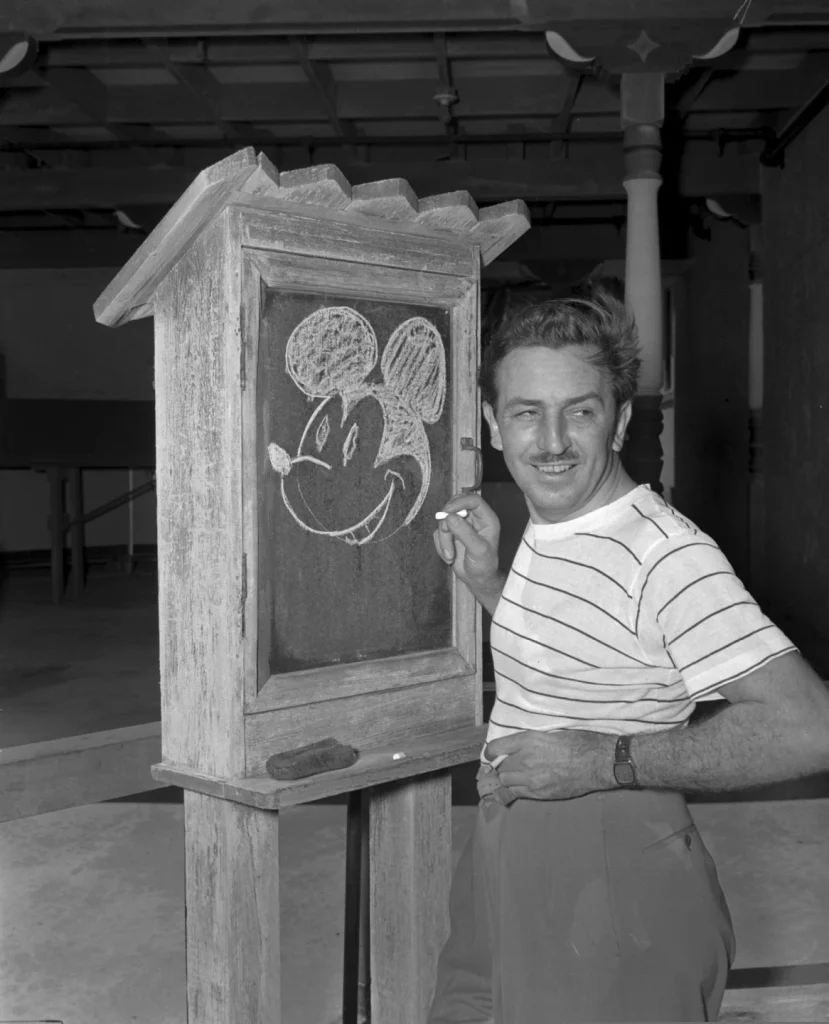The impending entry of Mickey Mouse and other iconic characters, films, and books into the public domain in 2024 marks a significant milestone in the realm of intellectual property and copyright law.
The impending expiration of Disney’s copyright on the 1928 short film “Steamboat Willie,” which introduced Mickey and Minnie Mouse to the world, has sparked widespread anticipation and debate among legal experts, entertainment industry professionals, and the general public.
The significance of this event cannot be overstated, as it represents the liberation of a cultural icon that has long been synonymous with American pop culture.
Mickey Mouse, with his endearing personality and timeless appeal, has played an indelible role in shaping the collective imagination of generations of audiences worldwide.
As such, the prospect of his entry into the public domain raises profound questions about the nature of intellectual property, creativity, and the public’s right to access and build upon cultural works.
The impending transition of Mickey Mouse and other beloved characters into the public domain is not without its complexities and implications.
While it heralds new opportunities for creators, scholars, and enthusiasts to reinterpret, remix, and reimagine these cherished cultural artifacts, it also raises concerns about the potential commercial exploitation and dilution of their original essence.
Furthermore, the public domain status of these works may engender legal disputes and challenges regarding derivative works, licensing, and the enforcement of intellectual property rights.
From a historical and legal perspective, the impending entry of Mickey Mouse into the public domain underscores the dynamic nature of copyright law and its intersection with evolving societal values and technological advancements.
It invites a critical examination of the balance between incentivizing creative expression and ensuring the accessibility and preservation of cultural heritage.
Moreover, it prompts a reevaluation of the role of copyright in fostering innovation, promoting diversity of voices, and safeguarding the public’s right to engage with and contribute to the cultural tapestry.
As we approach the threshold of this momentous event, it is essential to consider the broader implications and ramifications of Mickey Mouse’s transition into the public domain.
It necessitates a thoughtful dialogue among stakeholders, including policymakers, legal scholars, content creators, and the general public, to chart a path forward that upholds the principles of creativity, access, and equity.
Moreover, it underscores the imperative of fostering a robust and inclusive cultural ecosystem that acknowledges the interplay between individual expression, collective heritage, and the public good.
In conclusion, the impending entry of Mickey Mouse and other iconic works into the public domain in 2024 represents a watershed moment in the realm of intellectual property and cultural heritage.
It invites us to reflect on the intricate interplay between copyright, creativity, and the public interest, and to envision a future that embraces the richness and diversity of our cultural legacy.
As we stand on the cusp of this transformative juncture, let us engage in a thoughtful and constructive discourse that honors the legacy of Mickey Mouse while charting a course toward a more vibrant and inclusive cultural landscape.
The topic at hand concerns the Mickey Mouse Protection Act, which has often been derisively referred to as such due to its association with Disney.
However, according to Jenkins, it is oversimplified to attribute the push for term extension solely to Disney.

Rather, it was a collective effort by a group of copyright holders whose works were on the verge of entering the public domain.
These individuals stood to gain significantly from the additional 20 years of protection afforded by the Act. It is important to note that copyright law is a complex and often contentious issue, with various stakeholders vying for their interests to be represented.
While the Mickey Mouse Protection Act may have been criticized by some, it is clear that it served a purpose for those who sought to protect their intellectual property.
Ultimately, the debate over copyright law continues to evolve, with ongoing discussions around how to balance the interests of creators, consumers, and society as a whole.
In a recent statement to The Associated Press, a spokesperson for Disney emphasized the enduring association between Mickey Mouse and the rich tapestry of stories, experiences, and authentic products that define the Disney brand, dating back to the character’s debut in the 1928 short film “Steamboat Willie.”
The spokesperson made it clear that despite the expiration of the copyright in the iconic film, Mickey’s integral role within the Disney universe remains steadfast.
While contemporary artists and creators will have the opportunity to incorporate the original, non-speaking, mischievous boat captain version of Mickey from “Steamboat Willie” into their works, there are significant limitations on the usage of this specific iteration.
Importantly, the expiration of the copyright solely pertains to this early portrayal, leaving the more modern iterations of Mickey unencumbered by these changes.
Disney’s statement underscored that Mickey will continue to serve as a prominent global ambassador for the company, maintaining his pivotal presence in Disney’s storytelling, theme park attractions, and merchandise.
It is important to note that not every feature or personality trait a character displays is necessarily copyrightable.
While Disney may have a strong claim to many of its iconic characters and their specific characteristics, there are limits to what can be copyrighted.
For example, general traits such as bravery or kindness may not be unique enough to be considered original works of authorship.
Additionally, courts may be faced with the task of determining what falls within Disney’s ownership and what does not. This could potentially lead to a significant amount of legal disputes and cases in the coming years as the boundaries of copyright law are tested and defined.
Ultimately, it will be up to the courts to decide where the line is drawn between what is protected under Disney’s copyright and what is considered to be in the public domain.
The protection of intellectual property rights, particularly in the case of iconic characters such as Mickey Mouse, has been a subject of significant debate and legal scrutiny.
The recent statement by Disney regarding its commitment to safeguarding its rights in modern iterations of Mickey Mouse and other copyrighted works underscores the company’s dedication to preserving its iconic brand and characters.
This essay will delve into the implications of Disney’s trademark and copyright protections, the historical significance of Mickey Mouse, and the broader implications for intellectual property law and consumer protection.
Disney’s assertion of its trademark on Mickey Mouse as a corporate mascot and brand identifier is a testament to the character’s enduring cultural and commercial significance.
The law’s prohibition on deceptive use of the character underscores the importance of preventing consumer confusion and maintaining the integrity of Disney’s intellectual property.
This stance not only serves the interests of the company but also aligns with broader efforts to uphold the principles of fair competition and consumer transparency.
The statement’s emphasis on safeguarding against unauthorized uses of Mickey and other iconic characters reflects the ongoing challenges posed by unauthorized reproductions and adaptations in the digital age.

With the proliferation of online content and the ease of digital manipulation, the need for robust enforcement of intellectual property rights has become increasingly paramount.
Disney’s proactive approach in this regard sets a precedent for other content creators and rights holders to assert their ownership and protect their creations from unauthorized exploitation.
The historical context of Mickey Mouse’s creation and evolution further underscores the significance of Disney’s commitment to safeguarding its rights.
“Steamboat Willie,” as one of the earliest cartoons to feature synchronized sound, holds a special place in the annals of animation history.
The character of Mickey Mouse, initially depicted in a more menacing light, has undergone a remarkable transformation over the decades, evolving into a beloved cultural icon with global appeal.
The enduring popularity of Mickey Mouse underscores the enduring power of intellectual property to transcend generations and captivate audiences across diverse cultural contexts.
Furthermore, the interplay between copyright law and public domain status, as exemplified by the case of the Buster Keaton film “Steamboat Bill Jr,” highlights the complexities and nuances of intellectual property rights.
The expiration of copyright and entry into the public domain can have far-reaching implications for creative works, enabling broader access and reinterpretation while also raising questions about the balance between proprietary rights and the public interest.
The intertextual connections between “Steamboat Willie” and its cultural antecedents underscore the intricate web of influences and adaptations that shape the evolution of creative expression.
In conclusion, Disney’s unwavering commitment to protecting its rights in iconic characters such as Mickey Mouse reflects the broader challenges and opportunities inherent in the realm of intellectual property.
The intersection of trademark protection, copyright enforcement, and the dynamics of public domain status underscores the multifaceted nature of intellectual property law and its impact on creative industries and consumer experiences.
As the digital landscape continues to evolve, the imperative of upholding intellectual property rights while fostering innovation and cultural exchange remains a pressing concern.
Disney’s proactive stance serves as a reminder of the enduring significance of iconic characters and the ongoing quest to balance creativity, commerce, and legal protection in the modern era.
In summary, Disney’s dedication to safeguarding its intellectual property rights in characters like Mickey Mouse is emblematic of the broader challenges and opportunities in the realm of intellectual property law.
The complexities of trademark protection, copyright enforcement, and the interplay between proprietary rights and the public domain underscore the multifaceted nature of this legal domain.
As technology and cultural dynamics continue to evolve, the preservation of creative rights and the promotion of innovation remain critical imperatives.
Disney’s proactive approach serves as a compelling example of the ongoing quest to balance legal protection, creative expression, and commercial interests in the contemporary landscape of intellectual property.
The passage you’ve provided offers a comprehensive overview of the evolving landscape of copyright law and the implications of works entering the public domain.
It underscores the significance of enduring cultural creations and the potential loss of other valuable works due to extended copyright terms.
The mention of iconic pieces such as Charlie Chaplin’s film “Circus,” Virginia Woolf’s novel “Orlando,” and Bertolt Brecht’s musical play “The Threepenny Opera” entering the U.S. public domain serves as a testament to the enduring legacy of these works.
It also prompts reflection on the potential wealth of cultural contributions that may have been lost due to extended copyright protections.
The alignment of U.S. copyright law with the European Union in 1998 is a pivotal point, as it significantly impacted the duration of copyright protection. T
he current climate, with influential entities such as Amazon and Google advocating for the public domain in certain cases, highlights the evolving dynamics surrounding copyright legislation.
Furthermore, the assertion that there is currently more resistance to extended copyright terms than there was two decades ago, particularly in the context of the Mickey Mouse act, sheds light on the shifting perspectives and interests in this domain.
The comparison between U.S. and European copyright terms, as well as the potential for the U.S. to adopt the shorter terms of other nations through international agreements, adds depth to the discussion.
The example of George Orwell’s works, such as “Animal Farm” and “1984,” being public domain in the UK but not in the U.S. for an additional 25 years underscores the disparities in copyright durations across different jurisdictions.

The suggestion that Congress could readily adopt the rule of the shorter term, thereby expanding the public domain, presents a compelling opportunity for legislative action.
In summary, the passage provides a thought-provoking exploration of the complexities surrounding copyright law, international agreements, and the potential impact on the public domain.
It underscores the enduring value of cultural works and raises important questions about the balance between protecting intellectual property and ensuring broader access to creative contributions.
